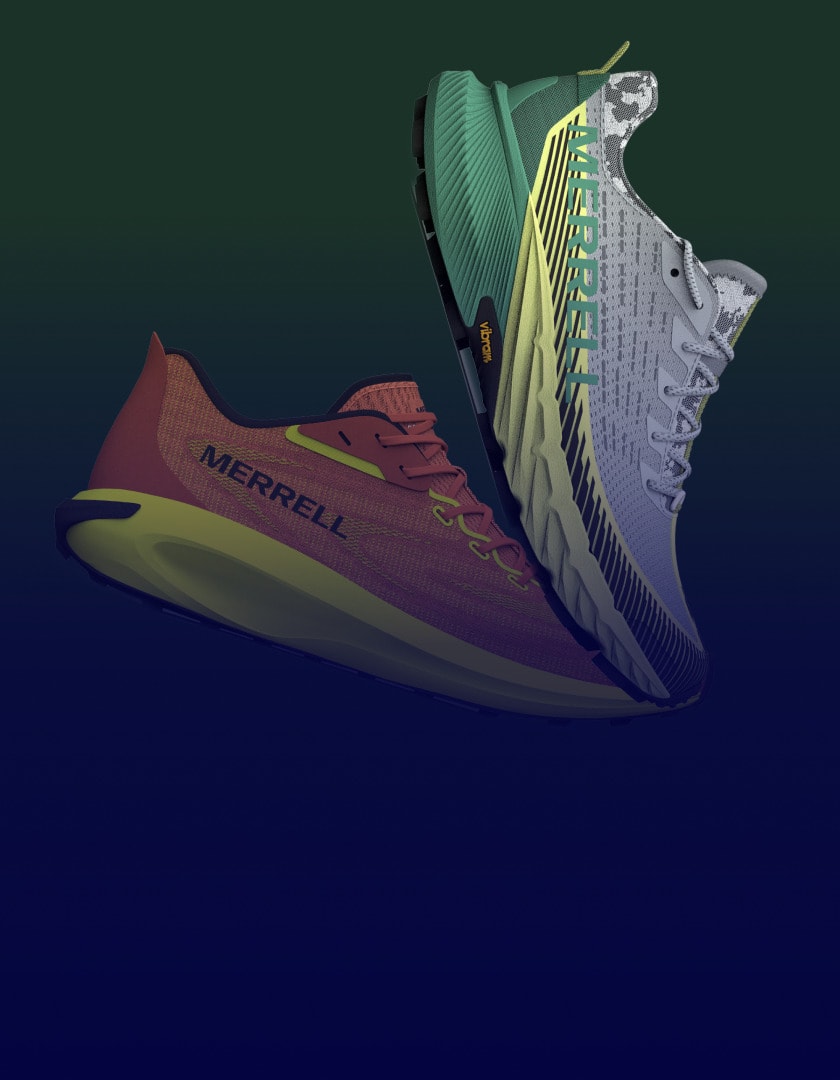Comparing ERP vs PLM Software for Cosmetic Product Manufacturing

The cosmetic and personal care industry is a fast-paced, ever-evolving sector that demands precision, efficiency, and innovation. With increasing consumer expectations and stringent regulatory requirements, cosmetic manufacturers are turning to advanced technological solutions to stay competitive.
Two critical systems in this landscape are Enterprise Resource Planning (ERP) and Product Lifecycle Management (PLM) software. In this article, we’ll explore how integrating ERP and PLM software can optimize operations, drive innovation, and enhance overall efficiency in the cosmetic industry.
Benefits of PLM Software for the Cosmetic Industry
PLM software plays a pivotal role in managing the entire lifecycle of cosmetic products, from initial concept to market launch. Here are some key benefits of PLM for the cosmetic industry:
- Streamlined operations and efficiency: PLM software centralizes all product-related data, ensuring that all departments have access to the same information. This centralization reduces errors, accelerates development processes, and enhances team collaboration.
- Enhanced inventory and supply chain management: Companies can improve demand forecasting and supply chain optimization by integrating PLM with ERP systems. This integration ensures that inventory levels are aligned with market demands, reducing excess stock and minimizing waste.
- Financial management and compliance: PLM software aids in regulatory compliance by managing all necessary documentation and ensuring that products meet all regulatory standards. It also helps in financial reporting, providing detailed insights into product costs and profitability.
By managing the cosmetic product lifecycle from start to finish, PLM software can make design, production, and distribution as efficient and sustainable as possible.
Understanding ERP & PLM Software Integration
Integrating ERP and PLM software is crucial for the cosmetic industry, as it brings together the strengths of both systems. Here are ERP’s primary purposes and features and how they integrate with PLM.
Purpose of ERP Software
ERP systems are designed to manage various business processes, including inventory management, supply chain operations, and financial tracking. In the cosmetic industry, ERP helps streamline operations by providing real-time data on inventory levels, production schedules, and financial performance
Key Features of ERP and PLM Integration
Product design and development: PLM software focuses on a product’s design and development stages, ensuring that all specifications are met. Integrating with ERP ensures that the design data flows seamlessly into the production process, reducing time-to-market.
Compliance management: ERP and PLM are critical in ensuring compliance with regulatory standards. PLM manages the documentation and specifications, while ERP tracks compliance status throughout production.
Complementary functions: ERP and PLM systems complement each other by providing a unified platform that integrates product development with production and financial management. This integration ensures that all departments work with the same data, enhancing accuracy and decision-making.
Synergy between ERP and PLM Software
The synergy between ERP and PLM software offers numerous benefits for cosmetic manufacturers:
- Integrative features: The integration enables seamless data sharing and process automation, connecting all product development and manufacturing stages. This connection ensures that any changes in product design are immediately reflected in production schedules and inventory management.
- Accelerated time-to-market: By integrating ERP and PLM, cosmetic companies can accelerate the time-to-market for new products. The seamless flow of information reduces delays, enabling faster decision-making and more efficient production processes.
- Improved collaboration and data accuracy: The integration fosters better collaboration across departments, as all teams have access to up-to-date information. This real-time data sharing improves accuracy and helps make informed decisions, ultimately enhancing the overall quality of products.
Implementing ERP and PLM Integration
Implementing ERP and PLM integration requires careful planning and execution. Here are some best practices to consider:
- Choosing the right software platforms: Select compatible ERP and PLM solutions that can be easily integrated. Consider your business’s specific needs and choose systems that offer the required features and functionalities.
- Planning and executing the integration process: Develop a detailed integration plan that outlines the steps, timelines, and responsibilities. Ensure all stakeholders are involved in planning to address potential challenges and find solutions.
- Addressing data migration and compatibility: Data migration is a critical step in the integration process. Ensure all data from existing systems are accurately transferred to the new integrated platform. Additionally, any compatibility issues between the ERP and PLM systems should be addressed to ensure smooth integration.
- User training and adoption: Provide comprehensive training to all users to ensure they understand how to use the integrated system effectively. This training should cover all aspects of the new system, including data entry, process automation, and reporting.
Cosmetic ERP vs. PLM FAQs
Integrating ERP and PLM software benefits cosmetic manufacturers by streamlining operations and improving efficiency across the product lifecycle. This integration ensures that all departments work with unified data, enhancing collaboration and decision-making.
It accelerates time-to-market by allowing seamless data flow from product design to production, reduces inventory waste through better demand forecasting, and helps maintain compliance with regulatory standards by managing documentation and tracking compliance throughout production.
Cosmetic retailers might face challenges such as data migration issues, system compatibility problems, and user resistance during the integration of ERP and PLM systems. To overcome these challenges, it is crucial to plan the integration process meticulously.
Ensuring accurate data migration from existing systems, addressing compatibility issues between ERP and PLM, and providing comprehensive training to all users are essential. Involving all stakeholders in the planning process and choosing compatible software solutions tailored to the company’s specific needs can also help mitigate these challenges.
ERP and PLM systems complement each other by covering different but interconnected aspects of the product lifecycle. PLM focuses on the initial stages of product development, including design, specifications, and compliance management.
ERP, on the other hand, handles the operational aspects such as inventory management, supply chain operations, and financial tracking. When integrated, these systems ensure that design data from PLM is seamlessly transferred to the production and operational phases managed by ERP.
This integration enhances data accuracy, improves cross-department collaboration, and streamlines the entire process from product conception to market delivery.
Integrating ERP and PLM for Cosmetic Retail Success
Integrating ERP and PLM software offers a strategic advantage for cosmetic manufacturers, helping them stay competitive in a dynamic market. By combining the strengths of both systems, companies can streamline operations, enhance collaboration, and improve overall efficiency.
As the cosmetic industry continues to evolve, integrating these technologies will be essential for driving innovation and meeting consumer demands. Forward-thinking cosmetic brands and retailers can explore the benefits of Centric Software’s PLM solutions to enhance their operations and achieve sustainable retail growth long into the future.
Discover how Centric PLM Software can help you achieve your Cosmetics and Personal Care business goals. Request a demo today to learn more.








